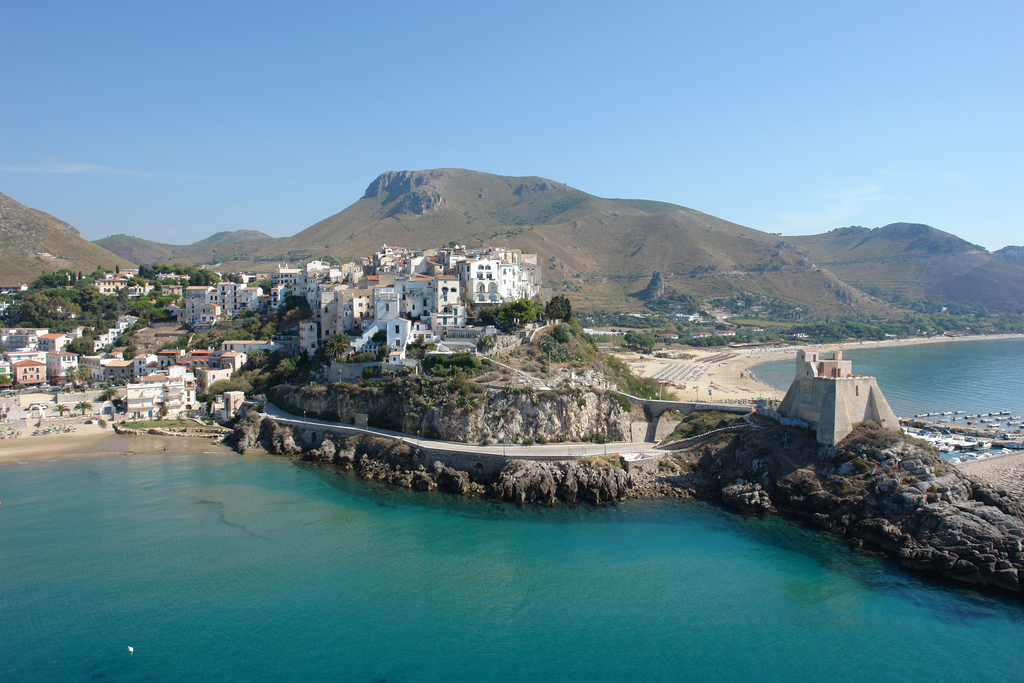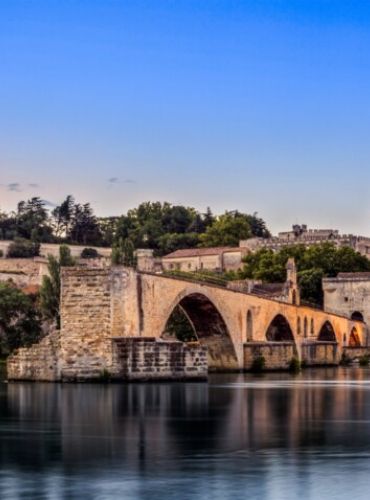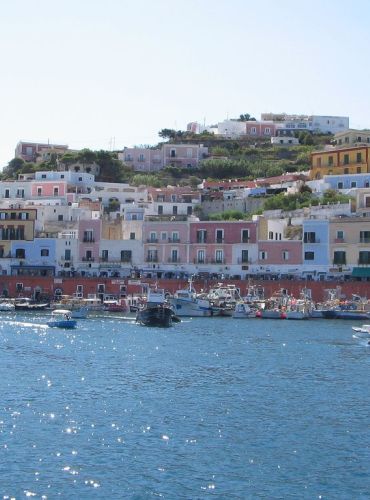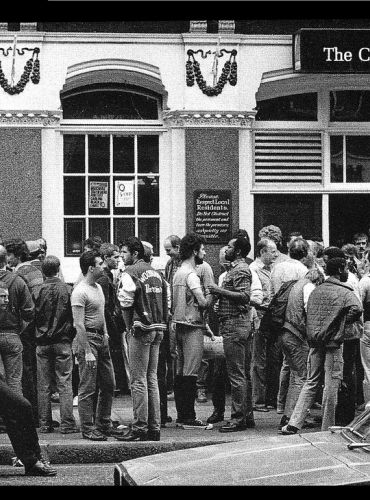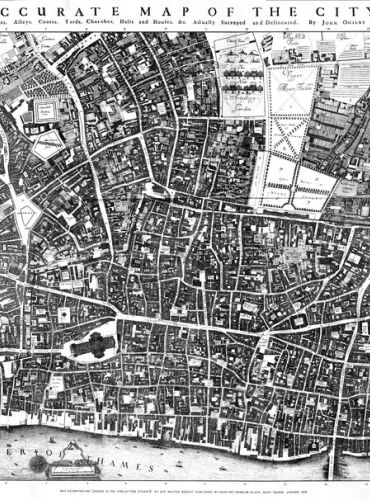Coastal Treasures near Rome

Giorgio Petti

Who can resist the warm romance of Rome, its classic yet eternal elegance, the immense wealth of history and art treasures, its golden summer sunsets? And Naples, sitting in the shadow of ominous Mount Vesuvius, with its often chaotic but fascinating beauty, its warm and colourful people and the beautiful islands of Capri and Ischia just a short ferry journey away. The distance between the two cities is actually less than 250 kilometres and the journey can now be completed by high-speed train in little more than an hour. But whilst the rail journey is without doubt the fastest travel option available, an interesting alternative is to explore and discover the coastline between the two cities, especially the section that goes from Rome to the southernmost tip of the capital's region, Latium. Some of the lovely spots along this varied coastline are not in easy reach of a railway station (the main line between Rome and Naples mainly runs inland) and perhaps that's one of the reasons why these locations are still a bit overlooked by international tourism, though extremely popular among Italians, especially during the summer months. Some of them, especially the ones closer to Rome can also be treated as great ideas for day trips from the Capital, especially for those who like a bit of sun, sea & sand on the side.

Capocotta: Rome's gay beach
The beach of Capocotta has been for many years a firm favourite of the LGBT community – and it's arguably the first (and best) nudist beach close to Rome. It's located 5 kilometres south of the coastal town of Ostia, an easy drive if you have a car or moped, but if you're reliant on public transport then you need to take the local train to Ostia from the Rome Piramide/Ostiense station up to to the last stop and then continue on the '07 barrato' bus to the 'Porto di Enea / Oasi Naturista di Capocotta' stop. It's a bit of a hike, but the location is lovely, the sea water is probably the cleanest you can find so close to a large city and then behind the beach there is lots of 'movement' on the bushy dunes - for those who want a bit of action... Capocotta has been very popular since the 70s and still today is a huge draw for the local gays – come at the weekend and you'll find absolutely everyone here, with the beach divided in sub-sections: bears here, muscles there and so on. Pick your favourite spot. There are also a few kiosks along the beach which offer sunbeds and other facilities, including some quirky bars & very good restaurants (though the licences for these outlets are often questionable). But then again, it's Italy and it's all part of the charm.
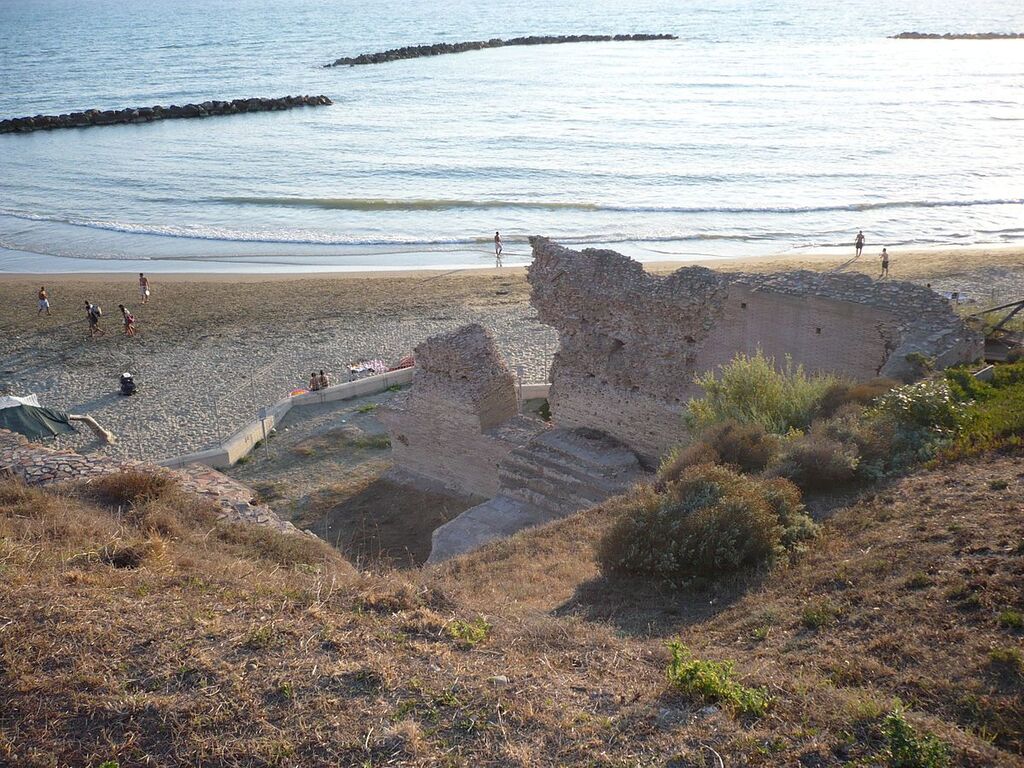
WWII history in Anzio
The town of Anzio is not that interesting in itself – and the neighbouring town of Nettuno even less so. Grown on the back of the 'second homes' boom in the 60s and 70s, often not in a particularly gracious way, they do however boasts some good restaurants and shops. There are some nice beaches around, if you want to stop for a swim. But this stretch of coast was once the Malibu of Ancient Rome; everyone rich and famous inevitably had a sprawling villa here in those heady imperial times. Emperors Caligula and Nero were actually born here and the latter owned a stunning coastal mansion in Anzio, of which you can still see ruins along the seafront, together with the remains of an ancient port. And talking of the Port, this is where you can catch a ferry or hydrofoil to the Pontine Islands (see below). For those into history, this coastline and the countryside immediately behind Anzio and Nettuno were in early 1944 the theatre of violent and bloody battles between the Allied forces and the German forces – there are still a number of poignant war cemeteries scattered around to remind of this tragic history.
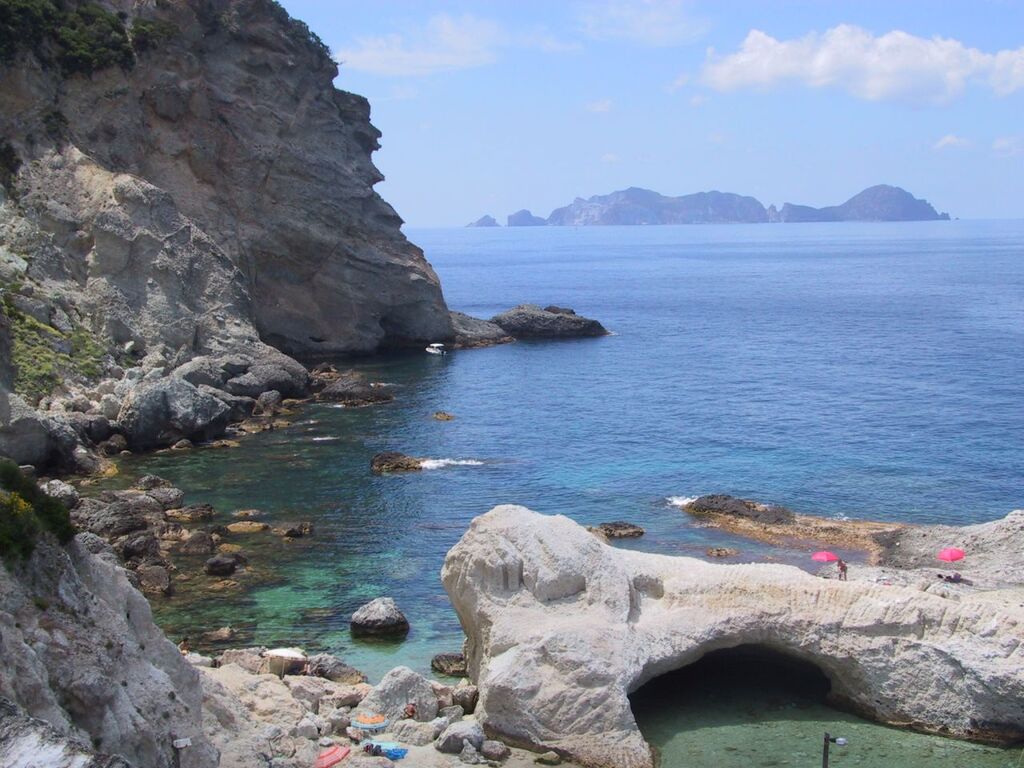
Island escapade in Ponza
Like tiny ants in the middle of the blue sea, these tiny islands, which have been inhabited since before the Phoenicians, over 3,000 years ago, are pretty much undiscovered gems to international tourism and yet they are incredibly beautiful, especially in early and late summer when they are not so busy with locals holidaying here. The largest island (Ponza) is also the most inhabited and here are some stunning beaches, some of them only reachable by boat. The most popular beach is Chiaia di Luna, which is reachable via an ancient Roman tunnel dug into the rock. The other stably populated island is Ventotene. The remoteness of these islands made them the ideal place to despatch anyone undesirable to the rulers of the time – it started with Emperor Augustus who exiled his daughter Julia here (for adultery and treason). The practice continued for centuries and ended with Mussolini who sent to these remote islands many of his political opponents - or in fact anyone he did not particularly like, which is what dictators always do.. Apart from Ponza and Ventotene, the other islands are inhabited and well established as protected nature & marine reserves. If you like diving and enjoying the Med at its finest, these islands are amazing. To get here there are ferries & hydrofoils from Anzio (2h and 1h10m respectively) and Formia (2h30m and 1h30m respectively) and ferries from Terracina (2h40m). During the summer season there are also links from San Felice, which incidentally is the shortest crossing (just 1 hour) to Ponza.
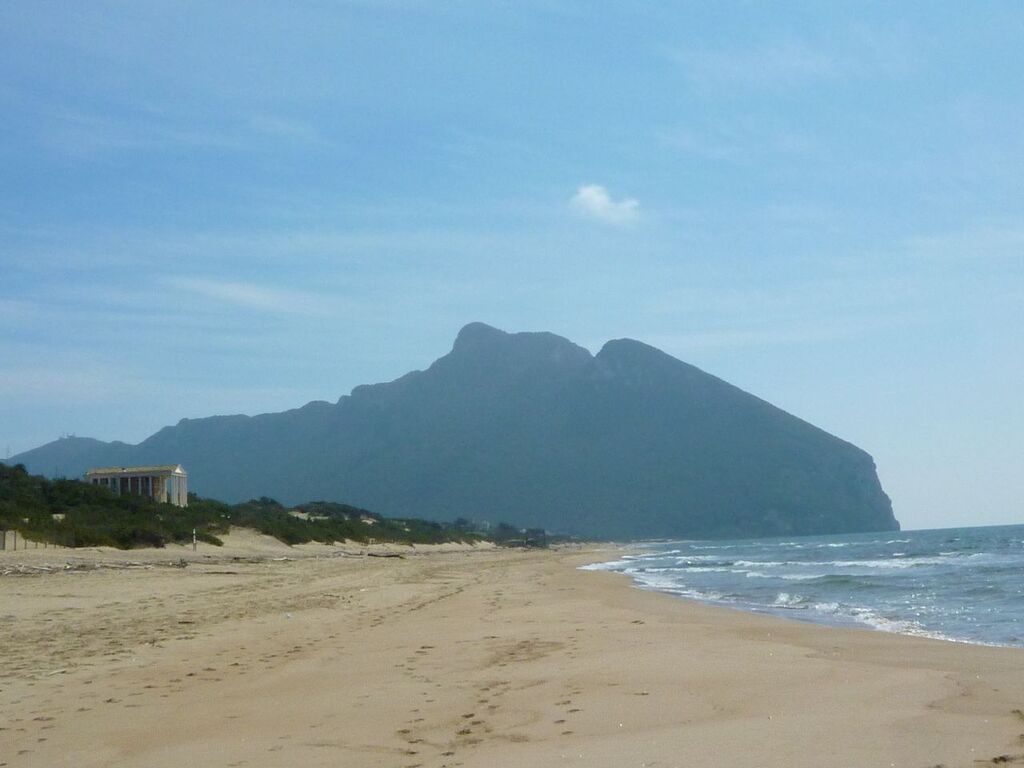
Discreet and upmarket: Sabaudia
The town of Sabaudia is possibly one of few positive accomplishments of Benito Mussolini. That's because the whole flat area from Anzio, all the way south to the city of Terracina and inland to the foothills of the pre-Apennines was once a mosquito-infested marshland; the Romans first tried to drain the plains (with some success) but it was Mussolini who finally got the whole area sorted. And drew the town of Sabaudia from scratch in the middle of it all, near a lovely coastal lake, in the style of 'the ideal city' - as dictated by the Rationalist movement. The straight lines, the perfectly symmetrical perspectives, the constant recall to classical themes and the idea of order and discipline give an idea of why this type of architecture was so loved by both Mussolini and Hitler. If you want to have an idea of what this area looked like before the marshes were drained, just outside Sabaudia is a nature reserve (the whole area is a national park) where the land has been left exactly as it was – and where still wild boars and other animals roam freely. Also if in need of a dip, cross the bridge over the lake and you'll get to a seemingly infinite stretch of golden sand, which is absolutely beautiful and the water is sparkling clean. To the north of this point is a pretty gay-friendly stretch of coast, in fact quite 'busy' after the beach goers leave in the late summer afternoons and all day out of season. To the South you'll see plenty of gorgeous villas owned or rented by famous personalities. In fact VIPs have been coming here for some time: not far from Sabaudia are the ruins of the Villa of Emperor Diocletian and several other buildings, including some posh Roman baths & spas.
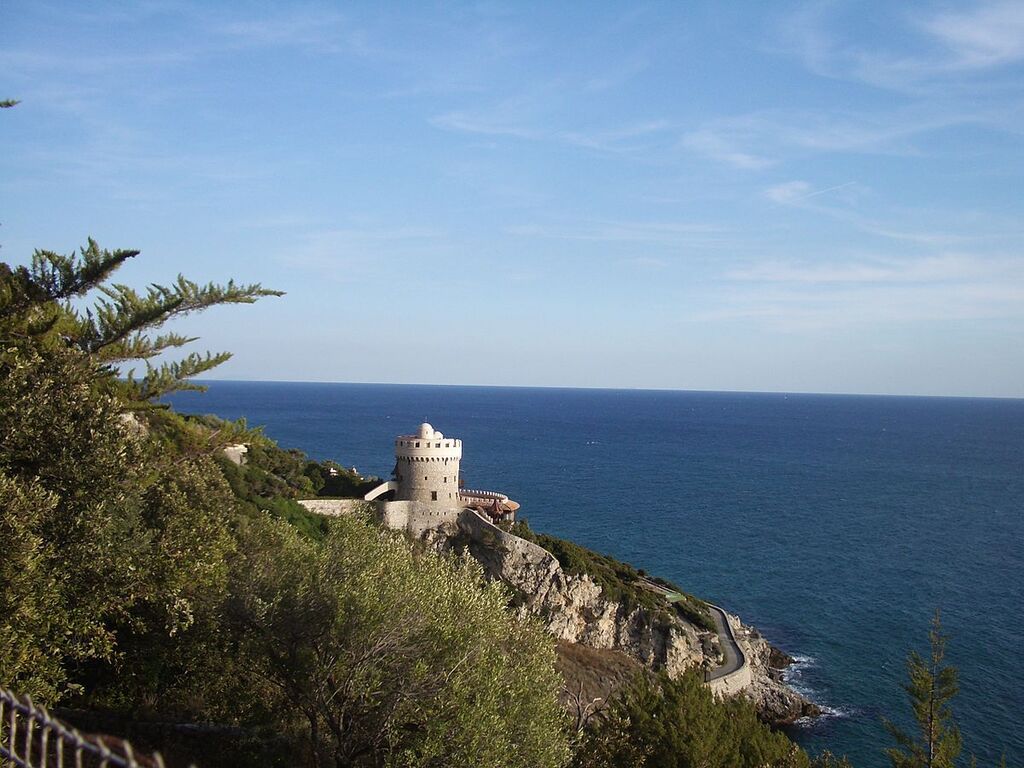
The Circeo: Greek mythology & natural beauty
The huge isolated green mountains that rise at the edge of the Pontine flats and juts into the sea looks almost like an island – also this area is a national park. And probably because of this quite remarkable location, Homer sets here on Mount Circeo the story of Ulysses and his unlucky meeting with Circe the handsome but rather evil sorcerer, who transforms his mates into pigs before falling in (of course - unrequited) love with him. You may not find Circe's grotto as described in the Odyssey but there are plenty of marine caves all along the sea facing cliffs of Mount Circeo – and it was in one of them that in 1939 the remains of Neanderthal humans were found. Indeed, people have been living here for thousands and thousands of years and the picturesque town on San Felice has therefore a rich history. The older part of the village is half way up the mountain and the view from up there is simply stunning. On summer evenings the old town is abuzz with bars, restaurants and people walking around enjoying the breeze with a nice gelato. If you have time (and a car) head to the Semaforo, at 451 metres high above the sea, from where the view on a clear day stretches all the way from Rome to Mount Vesuvius and the Pontine Islands (but be careful of the steep drops!). Here you can see the remains of imposing walls that used to be part of an ancient city - no one knows exactly how old!
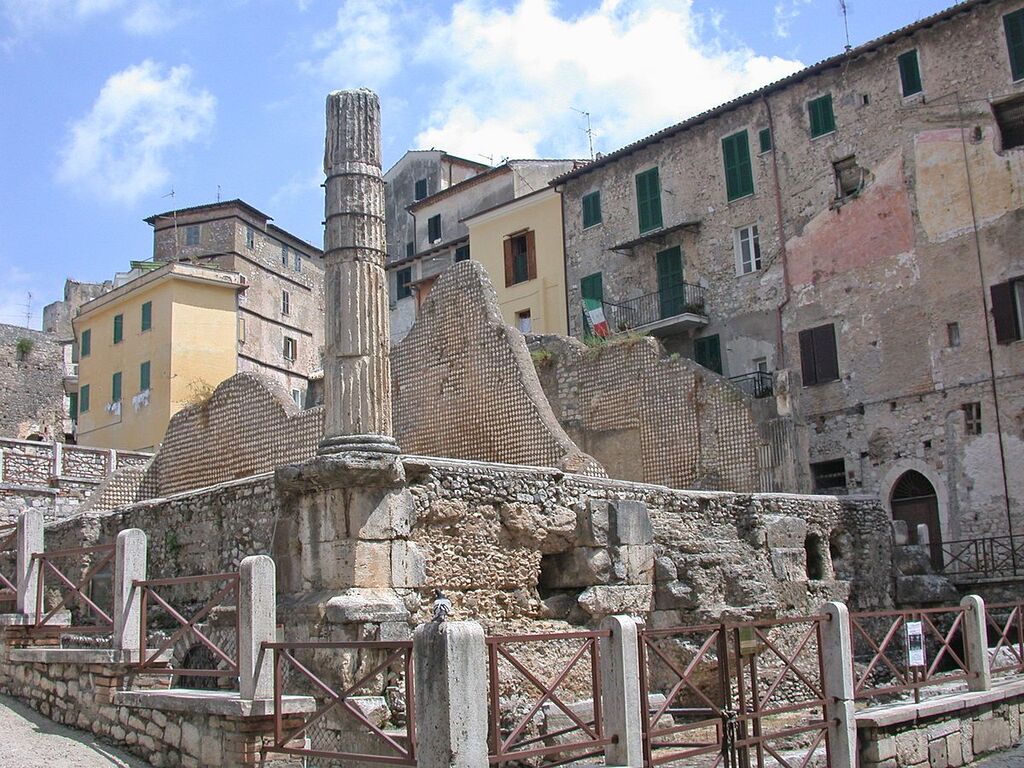
Terracina: Roman heritage
In ancient times the town of Terracina (Tarracina) was an important landmark as here the route of the Appian Way (built in 317 BC) brings it closer to a narrow passage between the mountains and the sea – the Romans actually cut part of the cliff in half to allow for a more direct route towards the South. In fact, this settlement is even older and goes back to pre-Roman times. The modern town has a nice sea promenade and a few streets lined with shops and restaurants. The beach is OK but nothing special and it gets quite busy during the summer. The old town is a bit up the hill and it's definitely worth a visit; the Cathedral is actually a Roman temple, re-purposed in the 11th Century. There are other Roman ruins, including part of a theatre and even a section of the Appian Way still with its original paving stones, if you fancy walking on some very old cobbles. Above the town sits a most spectacular Roman temple, dedicated to Jupiter (Tempio di Giove Anxur). Today only the terrace on which the temple was built remains, though the view is still as stunning as 2000 years ago and it's worth the hike up here – however there is no public transport so you need a car or hire a taxi from the town. During the summer months (July & August) there is a son-et-lumiere show every night called Lumina

White town: Sperlonga
Terracina was until 1860 the southernmost city in the Papal State. From this point South stood the vast Kingdom of Naples, so there is a marked change of scenery from here on. Even the local dialect changes completely and starts to morph into the Neapolitan one. The picturesque village of Sperlonga with its pastel and white coloured old houses, is perched on a small rocky peninsula that juts into the sea and it really embodies this change of landscape and culture. There are no cars allowed in the old town, so the tiny steep alleys and the village piazza are lovely for leisurely strolls on late afternoons and evenings during the summer, taking advantage of the many bars, fashion shops and cafes dotted around. And every now and again the buildings spectacularly part to reveal gorgeous and sudden views of the sea. Sperlonga sunsets are truly remarkable and the coast beyond the village is absolutely stunning. Roman Emperor Tiberius had a villa here, whose imposing ruins are still visible. And yet many people don't know that this old fishermen's village has a troubled history; this stretch of coast was in the past one of the most threatened by pirates who several times raided the village and enslaved its unlucky inhabitants. In fact, Sperlonga was set ablaze and destroyed by Ottoman pirates twice - in 1534 and 1622. Between Sperlonga and Gaeta is one of the region's most known gay beaches – Trecento Scalini (literally – 300 Steps, though we've counted 308 to be precise, so be prepared for a bit of exercise…) which is between the 24th and 25th kilometre of the Sperlonga to Gaeta main highway.
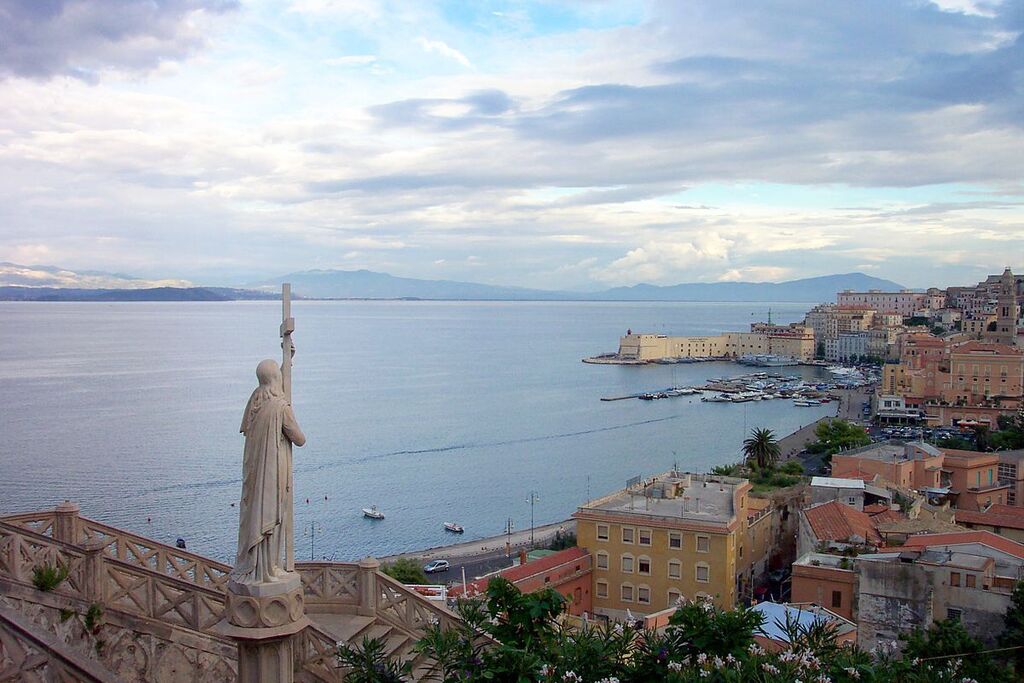
A taste of the Neapolitan coast in Gaeta
Gaeta is a larger coastal town and a very pleasant stop. It is centred around the promontory formed by a round hill (Monte Orlando) and boasts some gorgeous beaches, like Sérapo with its pale white sand, but also plenty to see in terms of art and architecture. There is also an imposing fortress that overlooks the town and is said to have been originally erected in the 6th or 7th Century. This castle was actually used as a (rather spectacular) prison for former Nazi criminals until a few decades ago. The view from the Monte Orlando and its lovely park is quite amazing. In fact one of the Roman city's most illustrious and wealthy citizens, Lucius Munatius Plancus had his funeral mausoleum built here, so to enjoy such view for eternity. Although there is some uncertainty around this, another famous son of Gaeta is probably Giovanni Caboto (a.k.a. John Cabot) who in 1497 is credited with the 'discovery' of parts of North America under the commission of King Henry VII of England and is commonly held to have been the first European to set foot there since the Vikings much earlier on. Another must-see attraction in Gaeta is the Montagna Spaccata (the Split Mountain), which is a dramatic crack in the sea cliff to the south of Monte Orlando. It is a pilgrimage area, because legend has it that the cliffs cracked and parted when Jesus died on the cross. But we tend to believe the cliff has been split for some time before that and look at the natural beauty of the place instead.
